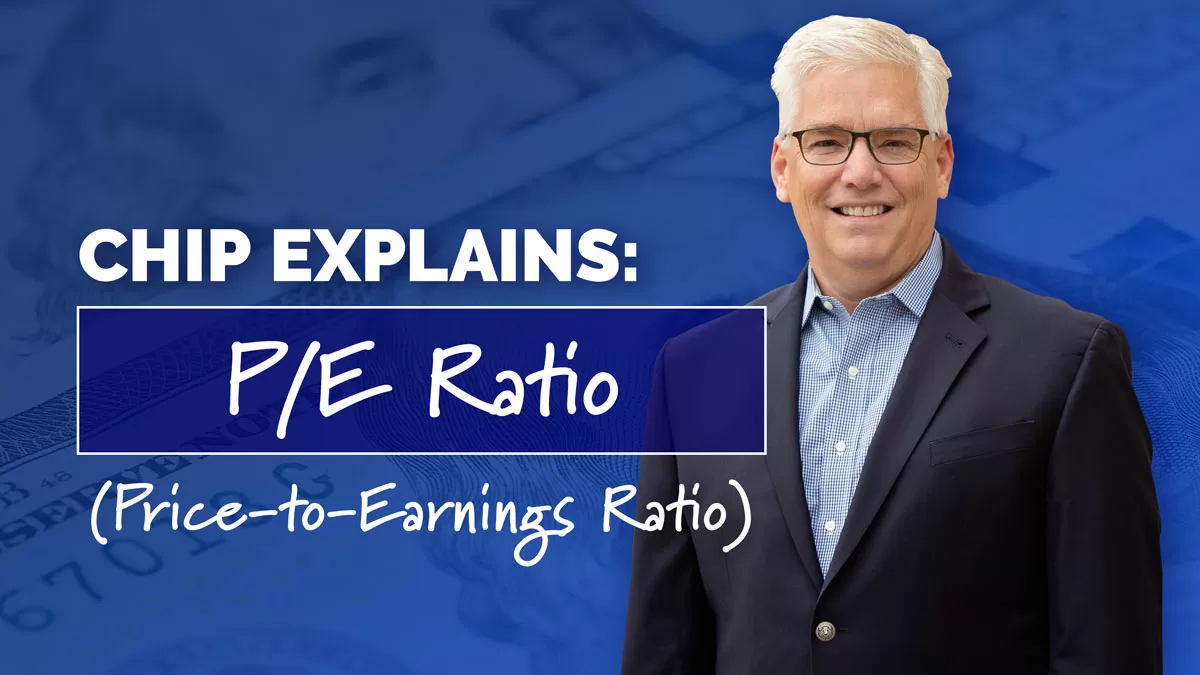Greetings, financial enthusiasts! Today, we’re delving into the mystery of “P/E Ratio,” also known as the Price-to-Earnings Ratio. While it might sound like a secret code, we’re here to demystify it and reveal the valuable insights it holds in the world of investments. Think of the P/E Ratio as a magnifying glass that zooms in on a company’s financial story. Let’s uncover the secrets of the P/E Ratio in plain financial language.
Table of Contents
P/E Ratio: The Financial Magnifying Glass
Imagine the P/E Ratio as a magnifying glass that helps you scrutinize a company’s financial performance. It’s a tool that compares the current market price of a stock to its earnings per share (EPS), offering a glimpse into how the market values a company’s future earnings potential.
Cracking the Code: P/E Ratio Formula
The P/E Ratio is calculated by dividing the current market price per share by the earnings per share (EPS). Here’s the formula:
P/E Ratio = Market Price per Share / Earnings per Share
Now, let’s break it down:
- Market Price per Share: This is the current price at which the stock is trading in the market. It’s like the visible part of the iceberg—the part everyone sees.
- Earnings per Share (EPS): This represents the company’s net income divided by the number of outstanding shares. It’s like the hidden part of the iceberg—the company’s profitability beneath the surface.
What the P/E Ratio Reveals
- Valuation: The P/E Ratio gives you a sense of how the market values a company’s earnings. A high P/E Ratio may suggest that investors have high expectations for future earnings growth, while a low P/E Ratio may indicate more modest expectations.
- Market Sentiment: A high P/E Ratio may suggest optimism and confidence in the company’s future prospects. Conversely, a low P/E Ratio might signal caution or skepticism.
- Comparison with Peers: Investors often use the P/E Ratio to compare a company’s valuation with its industry peers. It’s like evaluating how one building stands out in a skyline of similar structures.
Interpreting the P/E Ratio
- High P/E Ratio (Overvalued?): A high P/E Ratio could suggest that the market expects strong future earnings growth. However, it’s essential to consider the context of the industry and the company’s specific circumstances. A high P/E Ratio doesn’t always mean overvaluation.
- Low P/E Ratio (Undervalued?): A low P/E Ratio might indicate that the market has more conservative expectations for future earnings. It could also suggest that the stock is undervalued, but further analysis is necessary to understand the reasons behind the low ratio.
- Negative P/E Ratio: In some cases, a company may have negative earnings, resulting in a negative P/E Ratio. This can happen when a company is in a growth phase and reinvesting heavily in its operations.
Considerations and Limitations
- Earnings Quality: It’s important to assess the quality of earnings. Companies can manipulate earnings through accounting practices, so understanding the sustainability of earnings is crucial.
- Industry Differences: P/E Ratios can vary significantly across industries. Comparing the P/E Ratio of a technology company to that of a utility company might not provide a meaningful comparison.
- Economic Conditions: Economic conditions can influence P/E Ratios. During economic downturns, investors may be more cautious, leading to lower P/E Ratios.
In Conclusion
The P/E Ratio is your financial magnifying glass, offering insights into how the market values a company’s earnings. By understanding the context, considering industry norms, and assessing the quality of earnings, you can decode the signals hidden within the P/E Ratio and make informed investment decisions. Happy investigating!


